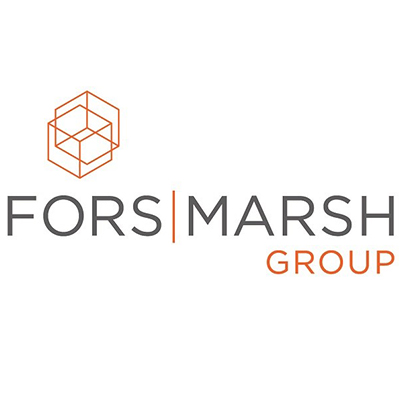ATD Blog
The Future of Work Is Here: Leverage People and Technology Capabilities to Elevate Workforce Readiness
Tue Sep 08 2020

Human capital experts agree that the future of work will have significant social and economic effects on organizations, industries, and workforces.
So, how can organizations prepare for this critical shift? To thrive in the new world of work, organizations need to adopt solutions that build workforce readiness while ensuring new strategies align with existing missions. Fors Marsh Group (FMG), a strategic consultancy and expert in human capital and workforce solutions, identified key core readiness capabilities that organizations should focus on to amplify existing talent management measures and tools to catalyze workforce readiness.
Build Workforce Readiness to Prepare for the Future of Work
As discussed in FMG’s Prepare for the Future of Work whitepaper, “Readiness is the state of being prepared, and in the case of the future of work, readiness often means being able to anticipate and devise a plan that enables organizations to sustain mission critical initiatives and to thrive beyond them.” Readiness in action considers the circumstances that characterize the future of work and how those may affect the organization and workforce. Any strategic plan that examines and prepares for organizational and workforce readiness will consider that advancements in technology are increasing the need to upskill and reskill the workforce. Organizations must prioritize hiring and developing workers who can leverage tools for future success.
Through extensive, data-driven research, FMG has identified core readiness capabilities that fall into two categories: people and technology. Technology capabilities are a range of skills that aid in the readiness for and comfort with adapting to the rapid technological change that will accompany the future of work. People capabilities are innate and learned abilities that rely on human emotion, perception, and thinking and cannot be replicated by automation and AI. People capabilities increase in value as AI and automation decrease the need for humans to do repetitive and manual administrative tasks. Instead, people will be expected to serve the organizational mission with higher-order thinking skills that drive measurable outcomes. Under these new circumstances, people and technology capabilities will become more important than ever.
5 Steps to Elevate Competency Modeling With People and Technology Capabilities
Competency models are easy ways to document and develop a concrete methodology for how to assess and create expectations for performance. They enable management and HR to identify skill gaps in the current workforce and allow for alignment of organizational goals and employee behavior. There is a clear benefit in elevating traditional competency models to future-ready performance management. An innovative competency model framework, ready for the new demands of growth and development in the future, incorporates readiness capabilities.
Here are five steps to get started:
1. Understand the implications the future of work will have on your organization and the context the workforce will need to thrive in.
2. Assess the capabilities most needed for the future mission. Which core readiness capabilities are most important for your workforce’s circumstances and environment?
3. Assess your current workforce’s readiness. A workforce readiness assessment can identify critical workforce gaps.
4. Gear training dollars and resources to readiness capability building.
5. Evaluate if this training is helping. Apply customizable, scalable learning to bring results.
If you take away nothing else from this blog post, remember:
That the future of work requires a different set of skills and capabilities to be successful and is changing the landscape of performance management and skill development
To elevate competency models to a future-ready state by including readiness capabilities that are better prepared for the future of work
To upskill employees with teachable and scalable readiness capabilities

